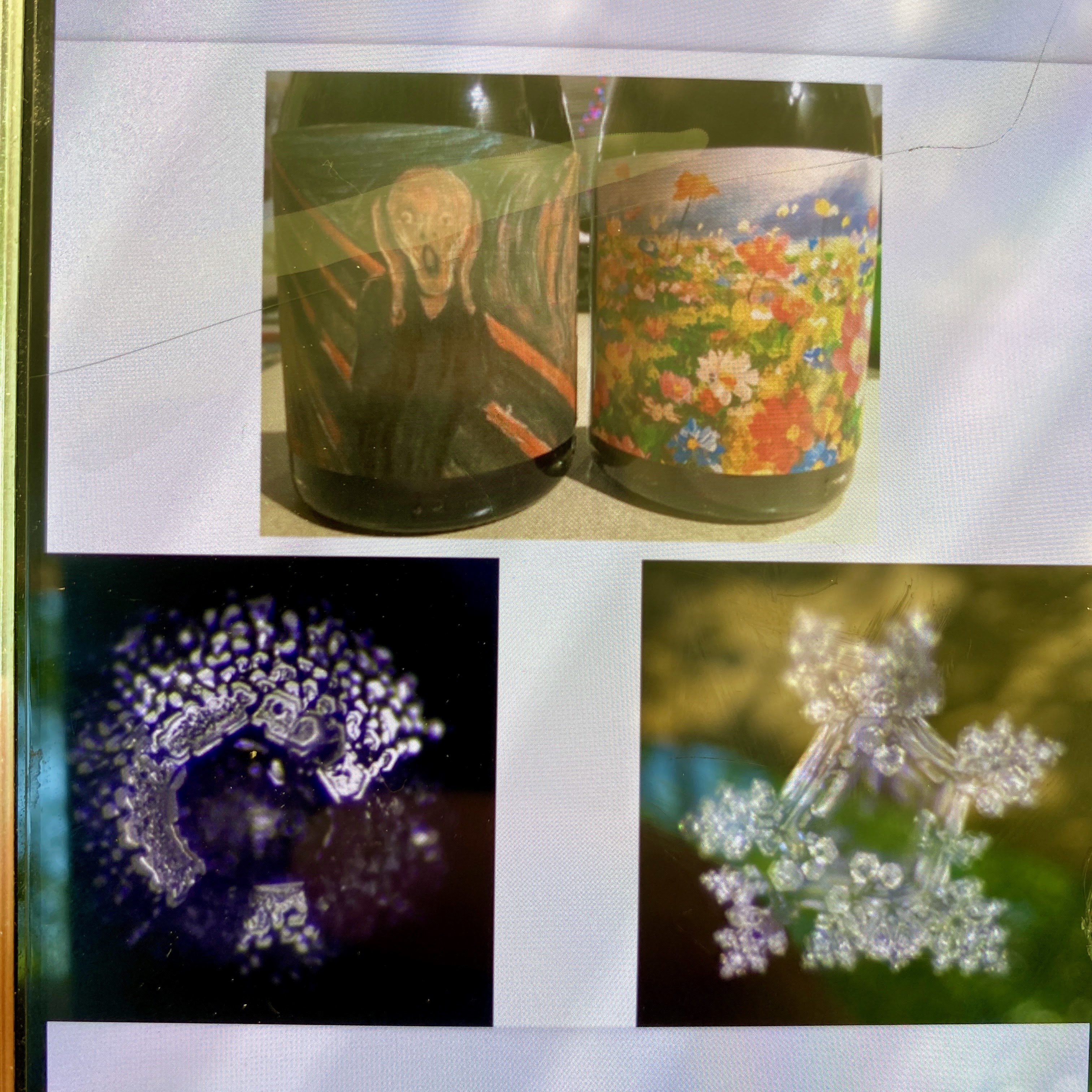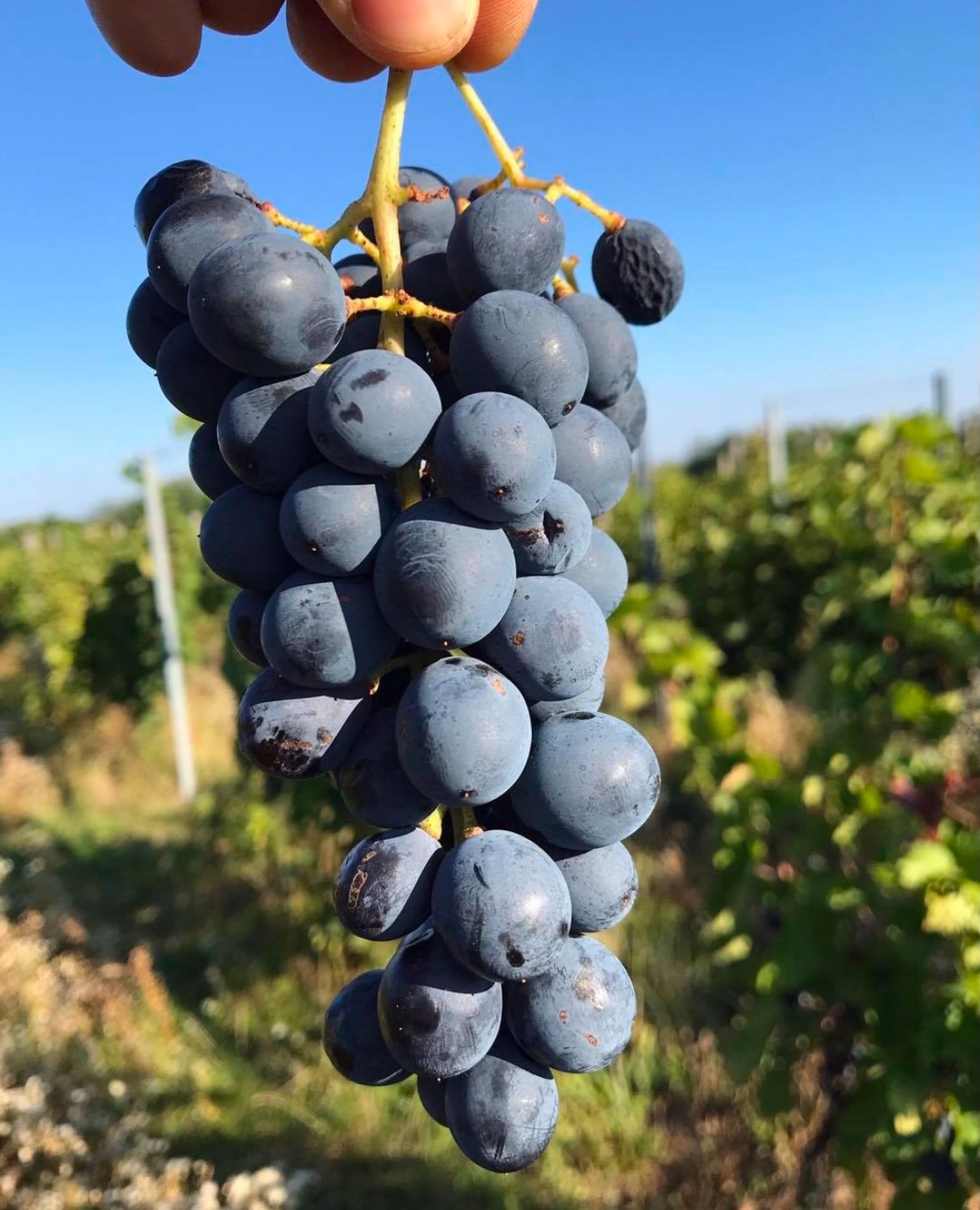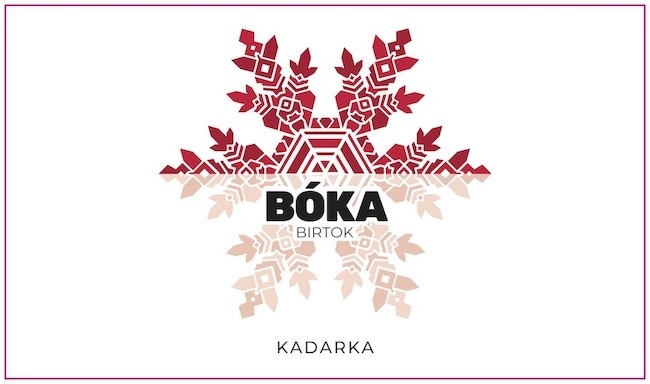

Bóka Birtok, Tolna, Hungary
“If we use chemicals in the vineyard that aim to kill life, if we add substances to the wine that, for example, preserve it, if we skin the wine with mechanical operations, then we are moving further and further away from the order of nature. We strive to make living wines with as little intervention as possible, the consumption of which enlivens and uplifts.” — András Bóka

At a Glance
2012
https://bokabirtok.hu/
Tolna
Continental
Loess and clay
140m-160m
Rolling hills of central western Hungary, west of the Danube and southwest of Lake Balaton
Kadarka, Kékfrankos, Zenit, Királyelányka, Rieslingssilvani, Chardonnay, Olaszrizling, Merlot, and Szürkebarát
1.5 hectares
Certified Organic
Natural
https://bokabirtok.hu/
Tolna
Continental
Loess and clay
140m-160m
Rolling hills of central western Hungary, west of the Danube and southwest of Lake Balaton
Kadarka, Kékfrankos, Zenit, Királyelányka, Rieslingssilvani, Chardonnay, Olaszrizling, Merlot, and Szürkebarát
1.5 hectares
Certified Organic
Natural

András Bóka showing a photo of organized crystals in Kadarka
The people
Sometimes you find yourself in a small village in southwestern Hungary talking about the vibrational memory of water pioneered by a Japanese writer and how a true wine of harmony forms hexagonal crystals at a molecular level. Take a quick pause for some homemade deer salami and another sip of Kadarka, and you’re likely at the Bóka Winery.

Local deer and mangalica salumi at Bóka
We first met András back in 2022, but weren’t able to visit his estate until just last year. We did however sit and taste a whole lineup near Lake Balaton, and got our first foray into his world of crystals. Deeply moved by the writings of Emoto Masaru, who argues that human vibrations, be they emotions, intent or sound, all change the molecular structure of water. Water receives and responds to this information.

Cooking a grey cattle Pörkölt with Juniper berries for lunch
If these vibrations are good, symmetrical crystals form. If they are negative, the molecular structure becomes chaotic, broken, and no crystals form. As András Bóka puts it, "When vibration ceases, life ceases. Wine is organized into an orderly form when it is a living substance. Drinking living wine enlivens and uplifts. This is the only way a crystal is formed.”

2018 Olasz Kadarka Crystals
By subjecting water to music, prayer, meditation, and by pulling from natural springs versus tainted industrial runoff, Emoto Masaru then froze the water, and using a microscopic camera, documented his findings.

Monet vs Munch and the effect on crystals
András has done the same with his wines and even labeled a wine with Edvard Munch's Scream painting and another bottle of the same wine with a Claude Monet painting. No crystals for the Norwegian painting, but plenty for Monet.

The hexagonal layout, typical of organized water, was used in the design of the labels and the creation of the logo
Maybe this reads to some as pseudoscience. Our argument, without molecular photographic evidence, is that maybe this is akin to the Honeymoon Effect or even the current supply chain. Maybe that cheap rosé you drank gazing at a sunset with somebody you love was in fact just a shit bottle of wine, but the collective good vibrations made it taste amazing on a molecular level.

Good vibrations at lunch with the Bóka family
Wines often taste off and disjointed for the first 3-4 weeks after they arrive into port. Maybe being stuck in that dark container with just the mechanical hum of a massive ship isn’t exactly crystal positive?

Walking through the vineyards with András
Regardless, this notion drives how they work in the vineyards and in the cellar. If structure is life affirming, then why destroy it with additives and filtering? This is the guiding light of their natural wine philosophy. They also have lineage in this area as well. Their family first purchased 5 hectares in 1903 and even ran their own pub and guest rooms through the 20s and 30s. After WWII, they were reduced to just .3 hectares. Like countless others, it was simply taken away by the state. The official restart didn’t happen until 2012 when András, his wife and children, grandmother, and brother Zoltán decided to bring it back to life. After a 15 year learning curve, the first commercial vintage was 2020.

Walking through the vineyards with András
Regardless, this notion drives how they work in the vineyards and in the cellar. If structure is life affirming, then why destroy it with additives and filtering? This is the guiding light of their natural wine philosophy. They also have lineage in this area as well. Their family first purchased 5 hectares in 1903 and even ran their own pub and guest rooms through the 20s and 30s. After WWII, they were reduced to just .3 hectares. Like countless others, it was simply taken away by the state. The official restart didn’t happen until 2012 when András, his wife and children, grandmother, and brother Zoltán decided to bring it back to life. After a 15 year learning curve, the first commercial vintage was 2020.

Rolling clay and loess hills of Pállfa
The vineyards
They farm without chemicals (herbicides, insecticides, absorbable fungicides and other carriers). Instead, there’s an emphasis on orange oil, teas and lacto preparations. They also use Marco Simonit’s “gentle pruning” technique along with 30-40 cover crops. Certified organic in 2024, they spray 3-4 times on average. Building immunity is paramount.

Looking out from the cellar
And while they do grow a range or grapes like Kékfrankos, Zenit, Királyelányka, Rieslingssilvani, Chardonnay, Olaszrizling, Merlot, and Szürkebarát, Kadarka is foundational and accounts for around 75% of their total production.
The Kadarka Clones
Two clones of Kadarka to be exact - the P9 “Fűszeres” (spicy) Kadarka and the Jakab/Olasz Kadarka (clone 167). They started with the P9 which has tight clusters, thin skins, uneven ripening, and is prone to powdery and downy mildew.

The uneven ripening of P9 - spicy - Kadarka
This clone came out of the University of Pécs in the 1960s during the COOP era. Despite smelling amazing when it was successfully harvested, it was a failure for industrial winemaking. In addition to disease, it fell apart with mechanical harvesters as well. Even András admits that over a 15 year period they had 3-4 100% healthy picks. That said, they love it and started to train it higher (140cm), better farming led to more nitrogen and looser clusters, and given its uneven ripening, has killer acidity which is ideal for rosé and sparkling.

Jakab or Olasz Kadarka
The Jakab, or Olasz Kadarka has much thicker skins, darker fruit, homogenous ripening, is far less disease prone, and is ideal for pushing ripeness. Their grandfather also had some planted back in the 1960s before P9 was introduced. When we first tasted the 2020, 2021, and 2022, additional layers of the Kadarka onion were peeled back. We’ve tasted many other clones like P111, P123, P115, P131, P147, and the older 1880 and 1912 plantings from Maurer just to name a few, but this is something very different and exciting.

Opening up fresh pét-nat with András

Red Wine , Organic
Kadarka;
11.85%
1.2 g/l
4.8 g/l
Kadarka;
11.85%
1.2 g/l
4.8 g/l
This 100% Jakab/Olasz Kadarka was hand picked in September, spent 6 days on the skins, one daily punchdown, and was fermented in open vats. Pressed and aged in stainless steel without filtration or any additions. The tannins here are something we don’t find in another Kadarka in our portfolio, and yet it’s fully in balance with the wine. The 2020 spent 12 days skins, the 2021 spent 8 days skins, and the 2022 spent 6 days. Perhaps they’ve found the sweet spot again in the 2023. Light in body, not shy on acid and with a firm grip, this makes us want to return for another lunch of grey cattle and juniper berry pörkölt cooked over an open fire bogrács.

Sparkling Wine , Organic
Királyleányka; Müller Thurgau; Chardonnay; Olaszrizling;
12%
3 g/l
4.8 g/l
Királyleányka; Müller Thurgau; Chardonnay; Olaszrizling;
12%
3 g/l
4.8 g/l
Their first pét-nat was 2015, so there’s been a nice run of trial and error. Bottled with around 15 g/l of RS, it’s a pleasant and persistent 3.1 bars of pressure. After multiple harvest passes, all of the grapes were slowly co-fermented and aged in stainless steel. The combination of 50+ year old Rieslingssilvani (aka Müller-Thurgau), Királyleányka (Leányka x Kövérszőlő), Chardonnay and Olaszrizling give it a wonderful balance of ripe acids, aromatics, texture, and despite the hot year, ended up at only 11.8% and dry. Bottled unfiltered with zero additions. Total production, 1000 bottles.